Google Pixel 4a vs Google Pixel 3a: how does 2020's phone compare?
The Pixel 4a is more powerful and sleeker than the Pixel 3a – and cheaper, too.
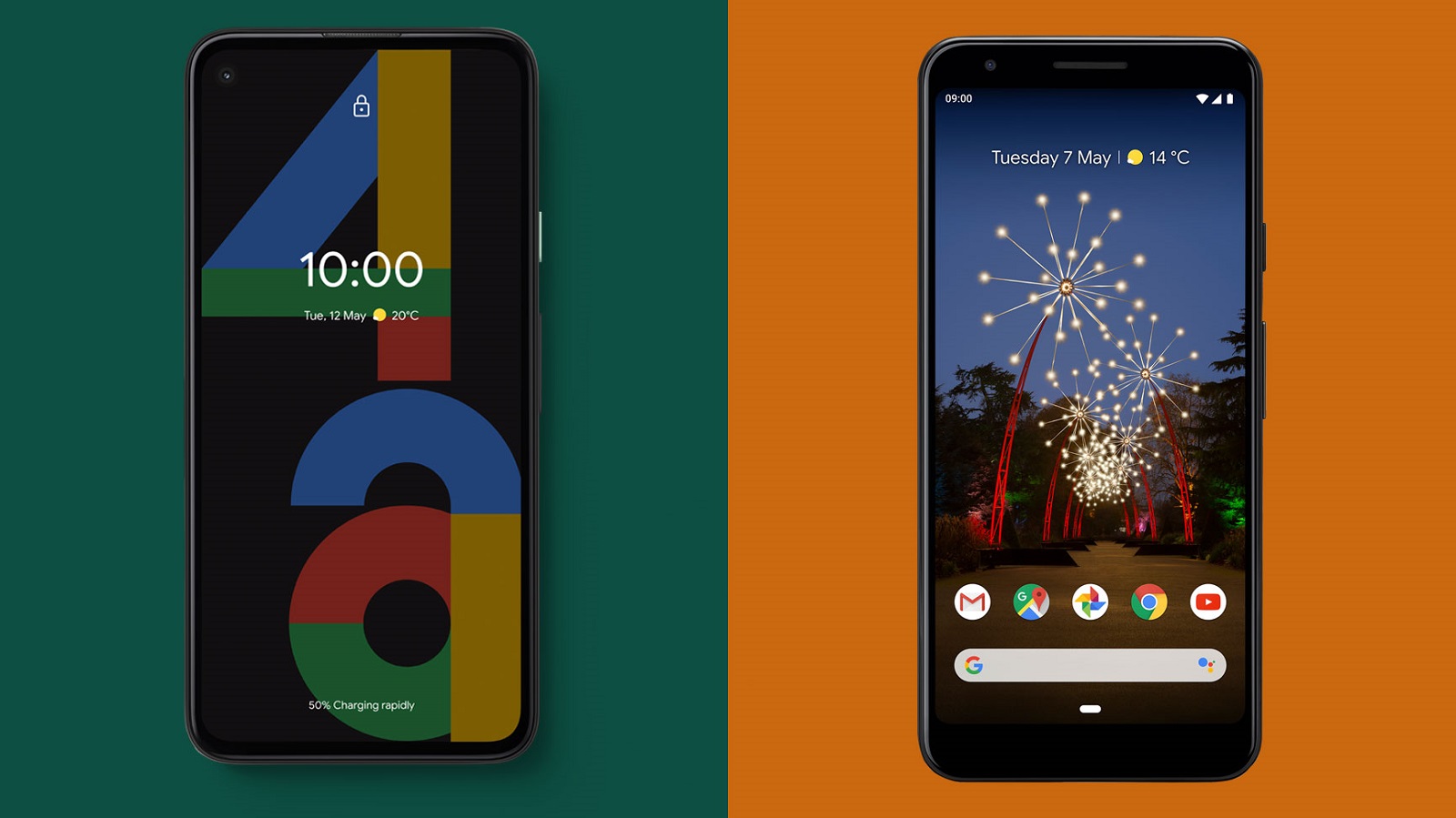
The Google Pixel 4a is finally here after many delays, and it looks to be a serious contender for the mid-range phone we’ve been waiting for: great specs and features at an affordable price.
Of course, that’s what we said about the Google Pixel 3a when it debuted in May 2019. So how does the successor measure up to the original?
The short answer: the Pixel 4a is more powerful than its predecessor and has better looks to boot, with its Snapdragon 730G chipset, 6GB of RAM, and 128GB of storage, along with a bigger 5.8-inch display. Compare that to the Pixel 3a’s Snapdragon 670 chipset, 4GB of RAM, and 64GB of storage, with a 5.6-inch screen.
In terms of appearance, the new Pixel 4a is an undeniably sleeker phone than the Pixel 3a with a punch-hole selfie camera and edge-to-edge screen. While its bezels are still thick compared to those of flagship phones, it’s still a more modern look than the thick black bars at the top and bottom of the Pixel 3a’s display.
The cameras haven’t changed much, but the price has, with the Pixel 4a coming in even cheaper than its predecessor. Given the Pixel series is so software-focused, and improvements almost always trickle down to older phones, there’s a few advantages that will inevitably make it to the Pixel 3a, so there are certainly reasons to go with the older phone if it gets the new tricks you want.
But if you want a more detailed understanding of the differences between the older and newer mid-range Pixel phones, read on as we break them down section by section. A quick note here: no, the Pixel 4a doesn’t come in an XL version, so we’ll only be comparing it to the standard Pixel 3a.
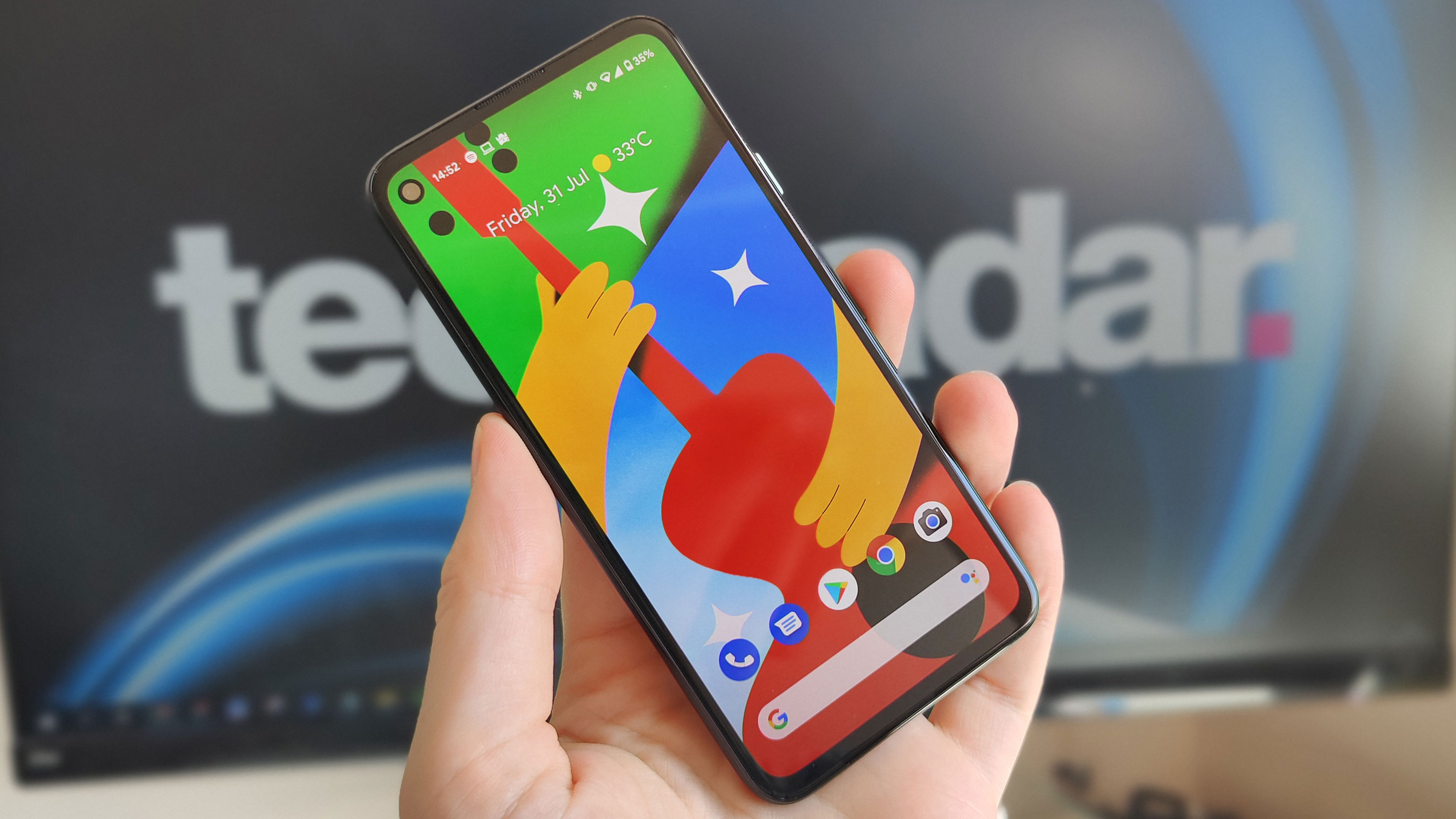
Google Pixel 4a vs Google Pixel 3a price and availability
The Google Pixel 4a will be released on August 20, 2020 in the US, though the rest of the world will have to wait a bit longer, with Australia getting the phone on September 10 and the UK not receiving it until October 1. It’s unclear when the phone will be coming to other global regions.
Get daily insight, inspiration and deals in your inbox
Sign up for breaking news, reviews, opinion, top tech deals, and more.
The Pixel 4a only comes in one configuration, with 6GB of RAM and 128GB of storage, and will be priced at $349 / £349 AU$599; as previously mentioned, it will not come in an XL version. One size fits all, along with the single color: Just Black.
The Pixel 3a was released on May 7, 2019, and retailed for $399 / £399 / AU$649 at launch as the smaller of two versions, with the bigger Pixel 3a XL priced at $479 / £469 / AU$799. While you can find both phones a bit cheaper from third party retailers these days, they’re not typically discounted below the Pixel 4a’s price.
The Pixel 3a comes in Clearly White, Just Black, and the special color of the set, Purple-ish.
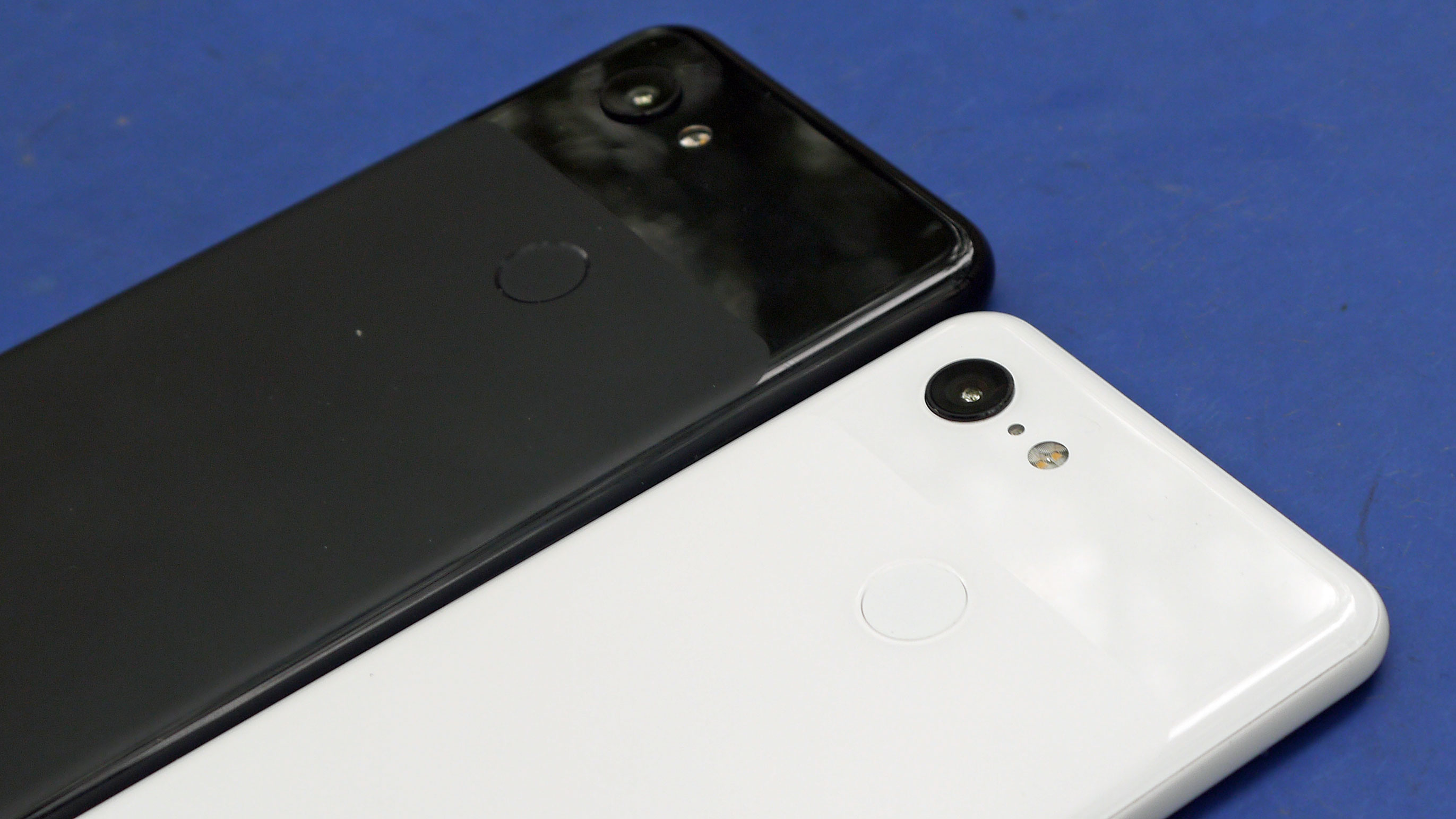
Google Pixel 4a vs Google Pixel 3a design
The Google Pixel 4a is a sleeker version of its predecessor, with a few design changes that make it look more modern and squeeze in more screen real estate without expanding the size – in fact, the new phone is 7mm shorter, which is great news for folks who like smaller phones.
The main display has a punch-hole in the top left for the selfie camera, meaning the screen reaches the top and bottom of the phone instead of stopping short at thick horizontal black bars. This means the new mid-range phone misses out on the near infrared cameras, flood emitter, and dot projector of the Pixel 4, but since these weren’t in the Pixel 3a, the new Pixel 4a isn’t coming up short.
The other big Pixel 4a design change is on the back, with a camera block covered in flat glossy glass on the top left – a stylish rather than pragmatic choice, as there’s only a single lens and a flash where the Google Pixel 4 fit in another lens and a rear-facing microphone. Camera block aside, the Pixel 4a’s rear cover has a matte back finish, even over the central fingerprint sensor.
The Pixel 3a, on the other hand, has a two-toned back: the bottom three-quarters are matte with a fingerprint sensor helpfully near the center, while the top quarter is glossy with the phone’s single rear camera and adjacent flash.
But otherwise, the phone designs are pretty identical, with both volume buttons in a single rocker on the right side and colored power button above it along with a SIM tray on the left side. A USB-C port points out the bottom flanked by a speaker, and on the top, a 3.5mm headphone jack.

Google Pixel 4a vs Google Pixel 3a display
The Pixel 4a has more screen real-estate than its predecessor with a 5.8-inch OLED display (compared to the Pixel 3a’s 5.6-inch OLED screen). As previously mentioned, the relocation of the selfie camera into a punch-hole means the new phone is slightly physically smaller than the older one, yet it fits more screen edge-to-edge in.
Aside from having a bit more display area, the Pixel 4a (2340 x 1080) retains the same HD Plus resolution as the Pixel 3a’s display (2220 x 1080). So while it isn’t any sharper, the Pixel 4a’s screen is more modernly styled, extending edge to edge with just a punch-hole marring the picture. The Pixel 3a avoids obstructions by placing the front-facing camera in a black horizontal bar, with an equivalent bar at the bottom.
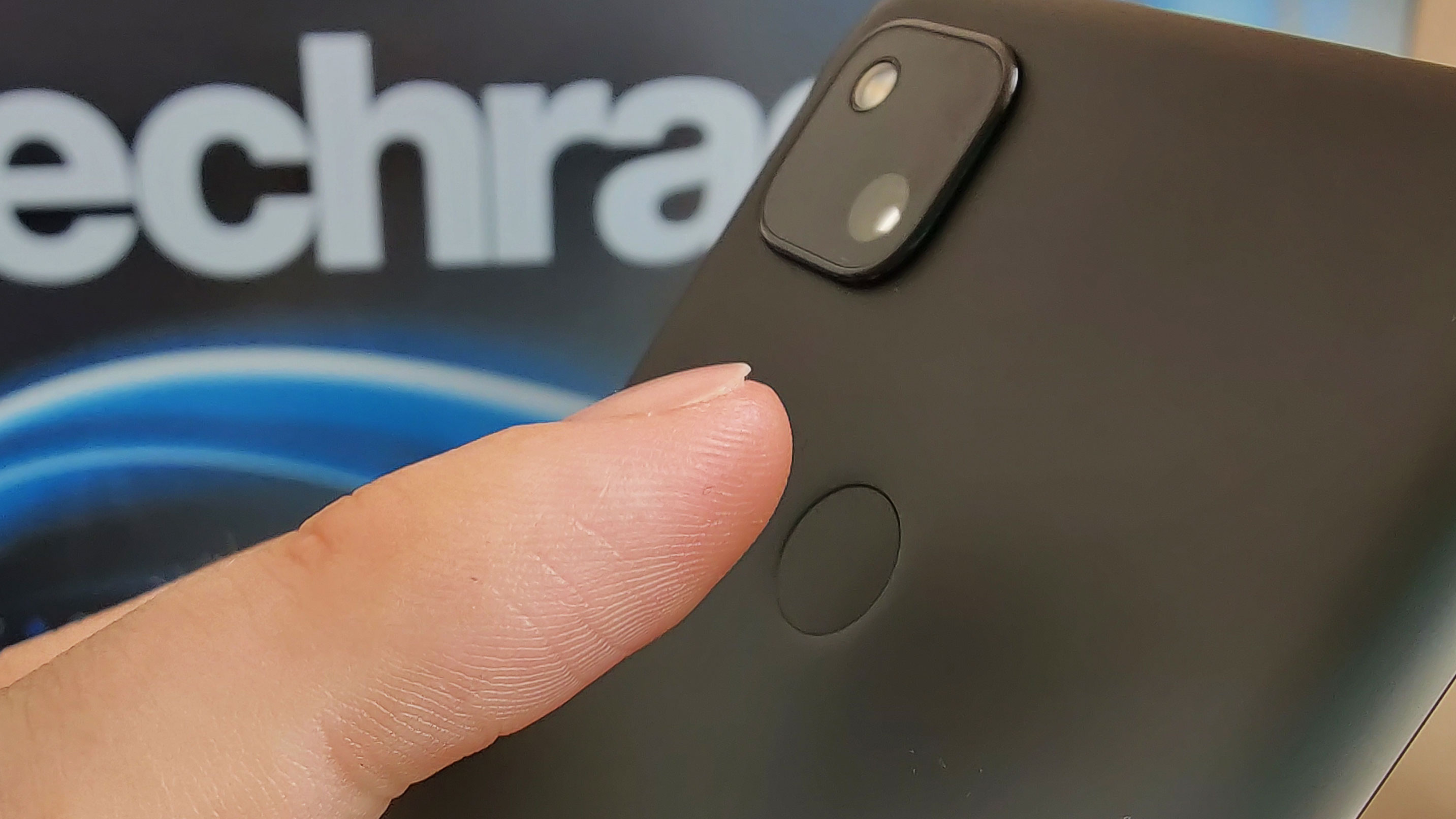
Google Pixel 4a vs Google Pixel 3a cameras
Both phones have single rear cameras and single front-facing cameras – which isn’t too detrimental given how much Google relies on software enhancements to its photography.
While we were looking forward to seeing either the Pixel 4’s telephoto lens or an ultra-wide lens added to the Pixel 4a’s array of rear cameras, the phone at least inherits dual exposure and Live HDR+ photography features from the Pixel 4. It also gets astrophotography mode, though that was ported to the Pixel 3a.
In any case, both phones have the same single 12.2MP f/1.8 camera on the back that can take 4K video at 30fps, as well as an 8MP f/2.0 front-facing camera.

Google Pixel 4a vs Google Pixel 3a performance and battery
The Pixel 4a is, unsurprisingly, more powerful than its predecessor thanks to its Snapdragon 730G chipset, 6GB of RAM, and 128GB of storage. We were pretty satisfied with the Pixel 3a’s Snapdragon 670 chipset, 4GB of RAM, and 64GB of storage, but we’re excited to get more space and more processing power.
The Pixel 4a launches with Android 10, though the Pixel 3a also has that operating system, so it’s an even draw there. While they share most software perks, the 4a does get some new tricks, like getting the Live Caption feature on phone calls.
Google claims the Pixel 4a’s 3,140mAh battery lasts up to 24 hours, which is encouraging given the short battery life we experienced with the Pixel 4 series. In any case, the handset has the usual adaptive battery perks found in all Google phones, and like its predecessor, supports up to 18W fast charging. For comparison, the Pixel 3a has a 3,000mAh battery.
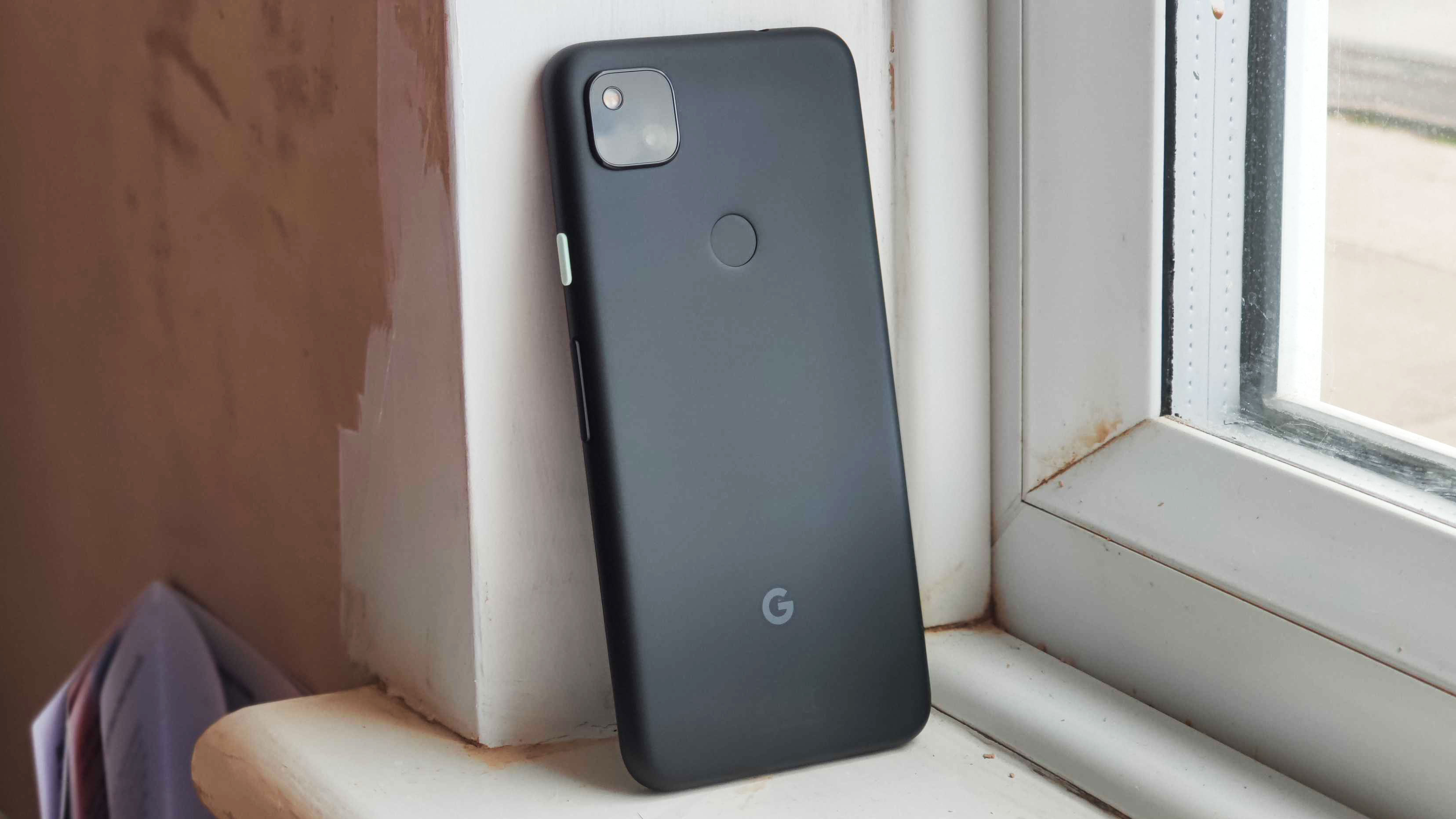
Takeaway
The Pixel 4a has a number of advantages over the Pixel 3a, but you can probably count them on one hand. The big one is, of course, cost: at around the same price, you can get a brand-new phone with more up-to-date specs.
That may only matter if you want to keep your phone around for awhile: unlike iOS, which keeps updating older phones for four or five years, Google is promising only three years of updates for the Pixel 4a – thus, the Pixel 3a may only have two years of operating system and security upgrades left.
Google could change this policy in the years to come and end up supporting both phones longer than we expect. And even if it doesn’t, both phones will end up getting most of the best perks trickling down from the Google Pixel 5 and other flagships to come. Either would be a good investment, but there are few reasons (if any) to pick the older Pixel 3a over the new, and somehow still affordable, Pixel 4a. Especially since it still has a headphone jack.
- Want to stay on the cutting edge of tech? Sign up for the TechRadar newsletter
David is now a mobile reporter at Cnet. Formerly Mobile Editor, US for TechRadar, he covered phones, tablets, and wearables. He still thinks the iPhone 4 is the best-looking smartphone ever made. He's most interested in technology, gaming and culture – and where they overlap and change our lives. His current beat explores how our on-the-go existence is affected by new gadgets, carrier coverage expansions, and corporate strategy shifts.
